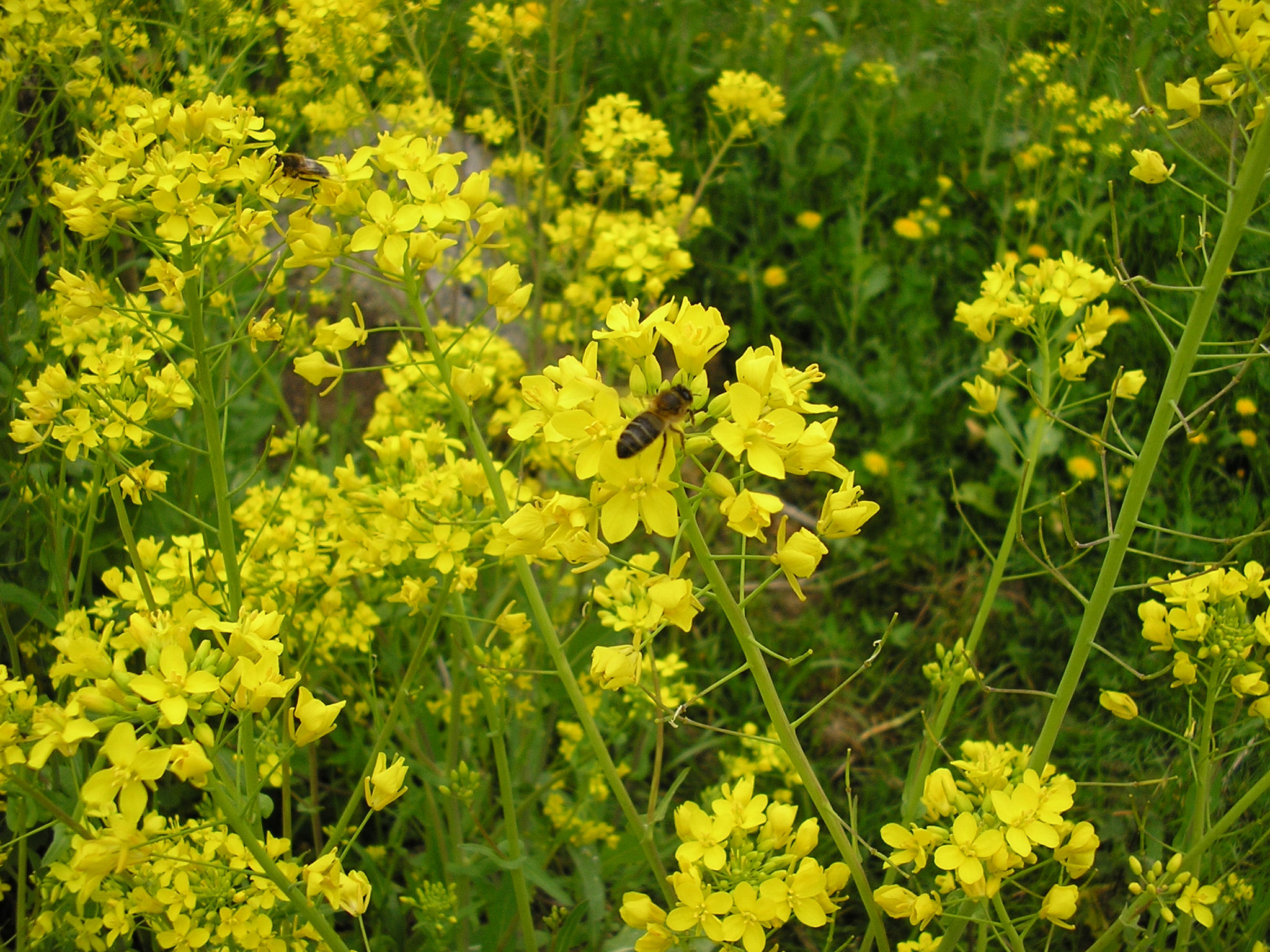Basque ethnography at a glance

Dandelions in the field. Luis Manuel Peña. Labayru Fundazioa Photographic Archive.
It has been a cold and rainy winter, and spring is taking its time arriving. We still find ourselves surrounded by snow-covered mountains, and when the northwest wind blows, it enters our body and makes us feel like we are freezing.
Nonetheless, in anticipation of the spring season, which we often associate with green leaves of deciduous trees sprouting out of their buds, already in February mimosas bloomed with stunning and exuberant yellow flowers and show now spectacular next to farms and villas, their fragrance reaching us from the distance. Mimosas, bay trees and holm oaks continue to be grown on our farms. Full of their yellow blossoms, branches of laurel blessed on Palm Sunday are kept somewhere in the house, customarily the kitchen, and the livestock pen throughout the year until they are substituted by upcoming bunches.
Gorse (otea, in Basque) is another plant bearing yellow flowers right now. At this time of year this thorny bush exhibits the most gorgeous and appealing of yellow hues. Its tender tips are much appreciated by farm animals grazing on the mountains. Highly valued and unique sticks are beautifully crafted from sturdy, large gorse plants.
Willows and osiers turn yellow in springtime before new leaves sprout. Primroses (sanjose-lorak) and dandelions (Taraxacum officinale), commonly called ‘wet-a-beds’ (meacamas, in Spanish), shine in their beauty by now. Dandelions are popular with children, who like to blow the round ball of the mature flower and watch the silver tufts float away as they make a wish, hoping it will come true. It is likewise considered to have healing properties as a cleansing herb.

Turnip flowers. Luis Manuel Peña. Labayru Fundazioa Photographic Archive.
Other plants showing their yellow flower heads are the greater celandine (Chelidonium majus) and the lesser celandine (Ranunculus ficaria), both of which have medicinal uses; the meadow buttercup (Ranunculus sp.), used by children in their games to feed captured crickets; sowthistle (Sonchus oleraceus), which served as food for rabbits and sometimes invades excessively manured pastures; or the traditional turnip (Brassica napus), much less cultivated in our fields now than formerly. Thickets and brooms too appear in full bloom in our mountains, which is yet another sure sign spring is knocking on the door.
Let us not forget the colour palette of painters with a preference for yellow. Noteworthy among them is Vincent van Gogh, famous for his striking use of this particular colour.
Segundo Oar-Arteta – Etniker Bizkaia – Etniker Euskalerria Groups
Translated by Jaione Bilbao – Ethnography Department – Labayru Fundazioa
Reference for further information: Popular Medicine, part of the Ethnographic Atlas of the Basque Country collection.

